Waterproofing technology is advancing in all its many segments. From sump pumps to rooftops, new materials and know-how are helping create structures that are better-performing and more cost-effective than ever before.
As we emerge from the greatest recession of our lifetime, commercial construction is significantly better than it was going into the slowdown. Project timelines are tighter. Budgets are tighter. There’s an unprecendented emphasis on energy efficiency in the codes, and concern over indoor air quality is high. Land prices are driving developers to “infill” lots where chemical contamination can be a major concern.
Fortunately, waterproofing manu-facturers have developed new products that address these issues. Leading the way are several new classes of polymers: silicones, silanes, polyureas, and others. For instance, products are now available that offer “instant” cure times capable of achieving the desired thickness in a single pass, and the performance characteristics—adhesion, elongation, etc.—of these products are remarkable.
Advances within the electronics industry are also making an impact. Sump pumps can now automatically dial building management if a problem is detected. Rooftop leak detection systems can continuously monitor for leaks, and can call or sound an alarm if water penetration is detected.
Brownfield Development
One aspect of today’s commercial construction is that most large projects are built on previously occupied real estate.
David Leslie, director of technical services at Polyguard explains, “In previous generations, gas stations, dry cleaners, mechanic’s garages, printing presses, and factories often didn’t do a good job keeping contaminants contained, and they frequently left behind significant amounts of toxic residues in the soil.”
These sites, known as brownfields, are surprisingly common. The U.S. Government Accountability Office (GAO) estimates there are more than 425,000 sites across the country covering 5 million acres. Much of Manhattan, for instance, is in this situation.
“Most of these brownfields are high-dollar properties in downtown urban environments,” Leslie continues. “With urban revitalization, the value of the property has risen to the point that building on these lots is desirable, and the question becomes how to address it. If we’re going to tear down buildings and erect more efficient ones, how do we protect the occupants?”

State-of-the-art materials make it easier than ever to waterproof projects built at chemically-contaminated brownfield sites.
Waterproofing for deep foundations is typically applied “blindside”—directly to the sheet piles or lagging—with the concrete cast in place over the membrane. A non-woven geotextile sprayed with asphalt emulsion can resist methane and other gases, but as buildings get taller, foundations get deeper and contractors find they’re not dealing with vapors, but with liquids.
These are called non-aqueous phase liquids (NAPLs), and are extremely difficult to seal out. Some contaminants, such as sulfurs and oils, reduce the swelling capacity of bentonite clay. Others attack asphalt-based products. Leslie says of early efforts with self-adhered membranes, “We thought that the plastic would protect the asphalt, if we taped the seams well. But gasoline and other light NAPLs will, over time cause HDPE to swell and become less dense, and the rubberized asphalts start to dissolve.”
An additional complicating factor is that the waterproofing system has to last the life of the structure, and repairs on deep blindside foundations are extremely costly. Leslie says thicker membranes and polymer enhanced bentonites do provide some measure of protection, but still aren’t foolproof. “We’re dealing with long periods of time,” he says.
For years, the only sure option has been to excavate all the contaminated soil, burn off the contaminants at an off-site location, then truck it back to the site as backfill. Leslie says, “It’s extremely costly, and doesn’t get all of it out, but it gets most of it.”
Polyguard has recently adapted two of their most popular waterproofing products into chemical resistant versions. Dubbed “CR”, the key was finding a facer durable enough to withstand the blindside installation and the lifecycle. Then they developed a chemical resistant adhesive to seal terminations, penetrations, and transitions. The company makes chemical resistant seam tape and pre-manufactured corner boots as well.

Roof coatings are easy to apply.
Prep work is usually just a power wash.
“It’s the exact same installation process as using our current system, just with chemical resistant products,” says Leslie. “We are now reclaiming land that had been considered previously uninhabitable.”
Rooftop Revolution
Advanced chemistry is also revolutionizing commercial rooftops.
Silicone coatings, for instance make it possible to extend the life of an aging roof at a fraction of the cost of a complete tear-off and reroof. Obviously, this is a major breakthrough for owners. The Roof Coating Manufacturer Association (RCMA) reports that the amount of silicone roof coating sold in 2016 is double the figure from 12 months earlier.
Peter Friedli, GE Enduris marketing manager at Momentive Performance Materials, says a silicone restoration can be half the cost of a tear-off and re-roof. “While a silicone coating restoration is an excellent value for many roofs, we see a particular set of conditions where silicones should always be the right solution for the building owner,” he says. Building codes do not allow a third roof, and since many of these second roofs are single-ply—about 60% of roofing membrane sales—when these reach the end of their life expectancy, a roof coating is the most practical alternative to a tear-off.
Friedli’s company invented silicone roofing technology in the 1960s, and makes a line of 100% silicone roof coatings called Enduris, and while he says the company has other technology at their disposal—acrylics, STPU, STPE, etc.—they have chosen to focus exclusively on this technology.

After more than 20 years of exposure, the DLA roof needed repair in merely 5% of the total area
Installation is straightforward. The underlying substrate must be clean, dry and structurally sound. Typically, it’s a simple pressure wash to prep, and then crews roll- or spray-apply the product. No primers are required on any substrate, even metal, single-ply membranes, or concrete.
One notable case study is the federal Defense Logistics Agency (DLA) in Scotia, New York. The cold, snowy winters and hot, wet summers put immense stress on local buildings’ roofs, which is why they chose a silicone roof coating as a first coating in 1996. When the crew checked last summer, more than two decades of punishing weather had removed about five mils of the original 21.5 mils coating surface.
“We had a terrific first experience with GE Enduris,” says Dave Landry, DLA director of operations. “Twenty years later, there was no question about who we’d use.”
In the end, only 5% of the 275,000-sq.-ft. roof required repair; the rest just needed a few more mils of coating. DLA chose to cover the previous gray coating with the white GE version this time, helping to lower the amount of heat absorbed by the roof.
“Most building owners in this area spend thousands, sometimes hundreds of thousands, each year keeping their roofs intact,” says Landry. “We spend almost nothing in comparison.”
It also cut down on expenses for the installation crew. Bill Rush, who led the team that applied the coating, says, “During the seven-week project, we lost only one day to rain. If it had been an acrylic coating, we would have likely lost a week to predicted rain delay.”
He continues, “Additionally, there were two days that rain came unexpectedly from over the mountains, when the forecast was 10% chance of rain. We’d have lost 30,000 sq. ft. of acrylic product each of those two days.”
Hidden Performance
Technology is changing new construction, too. When Corgan Associates began planning a new data center for Verizon in Southlake, Texas, they recognized that one of the highest priorities would be to protect the critical sensitive electronic data equipment from moisture damage.
The high water table meant an underslab vapor barrier would be a critical part of the waterproofing design. The challenge was that miles of conduit were laid under the 40,000-sq.-ft. slab, with dozens of penetrations.
To address this challenge, they selected Precon from W.R. Meadows, which has the lowest water vapor transmission rating on the market. Precon fabric tape and pointing mastic were used to reinforce and seal difficult areas and transitions, and a related product, Mel-Rol LM (for liquid membrane), was used to seal areas with concentrated conduit protrusions through the slab.
Conclusion
The sophistication of waterproofing products now available is creating a new level of performance and productivity for waterproofing contractors.
With today’s technology, contractors can tackle more difficult work or take on more work with the same size team or reduce labor costs. Weather-related delays can be eliminated or greatly reduced.
When designers and general contractors worry about providing maximum protection, and faster turnaround, on tighter budgets, solutions are available to meet these demands. Σ
Summer 2017 Back Issue
$4.95
Light and Tight: Facebook Green Roof
By Michael McAuley
Advances in Commercial Waterproofing
Greening Your Waterproofing
AVAILABLE AS DIGITAL DOWNLOAD ONLY
Description
Description
Light and Tight: Facebook Green Roof
By Michael McAuley
The flat roof on Facebook’s new headquarters has a garden roof the size of seven football fields, and includes a half-mile walking path that winds through more than 400 full-size trees.
Advances in Commercial Waterproofing
From deep foundations to rooftops, new waterproofing technologies are helping create structures that are better-performing and more cost-effective than ever before.
Greening Your Waterproofing
The green building movement has raised expectations for waterproofing products, with a shift towards more eco-friendly solvents, easier recycling, and entirely new types of waterproofing.
Additional Info
Additional information
| Magazine Format | Digital Download Magazine, Print Mailed Magazine |
|---|

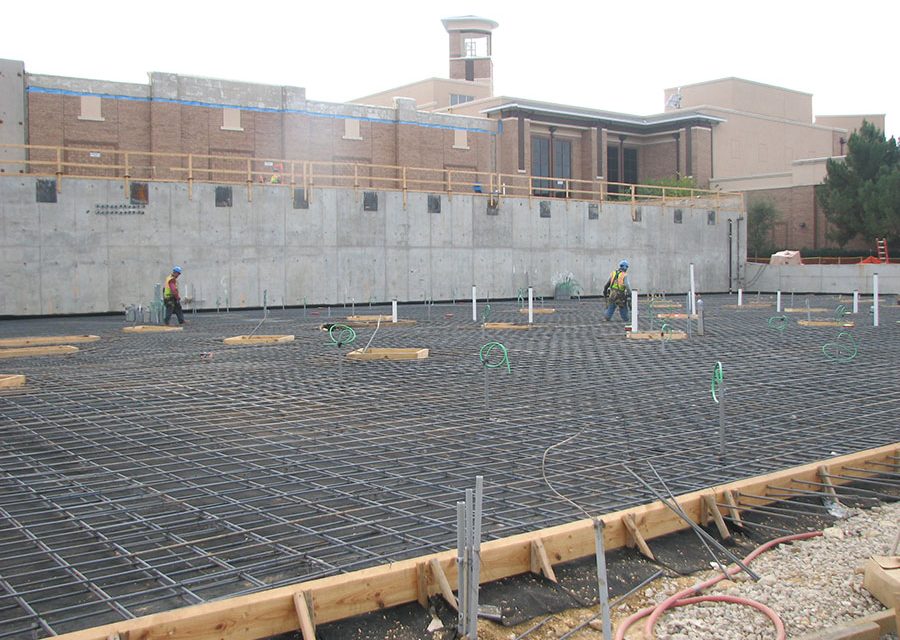
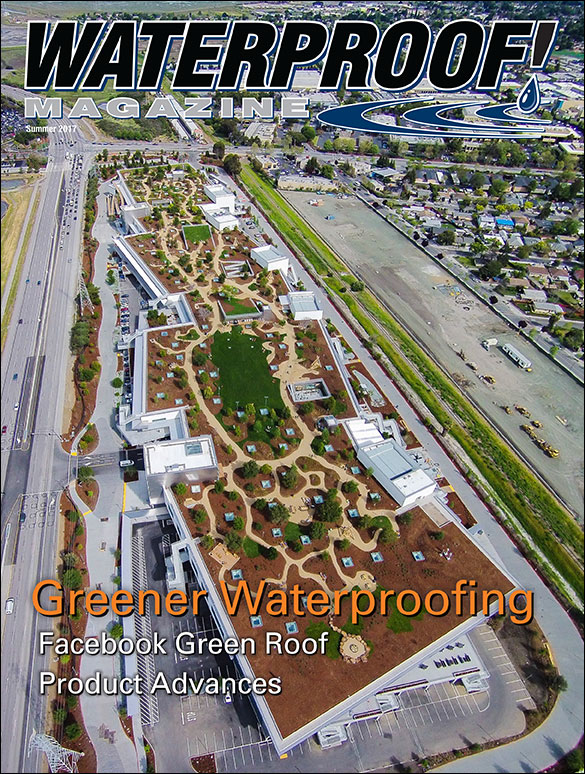
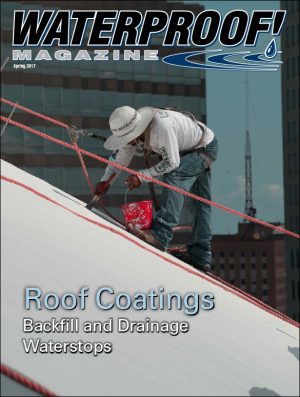
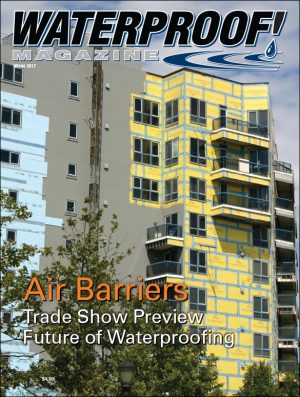


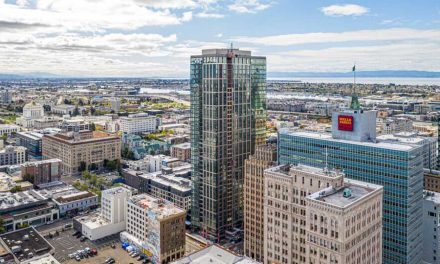
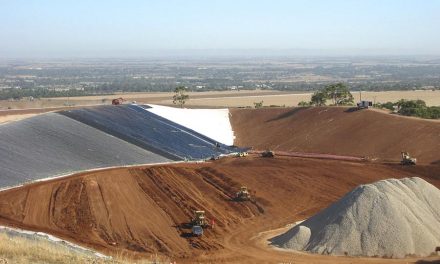
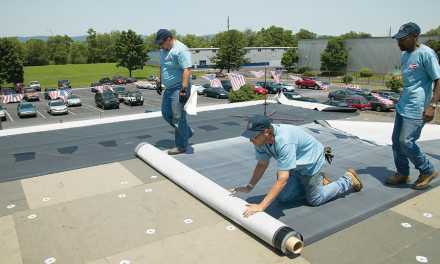
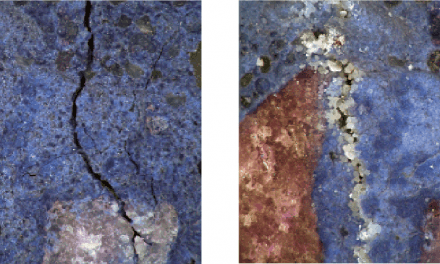










Advice needed on water proofing a 20 year old metal building where the walls meet the foundation. After a heavy rain fall (4″), water leaked in and the carpet is wet.